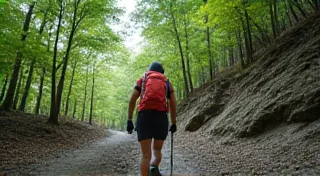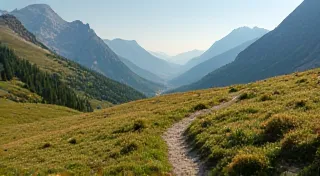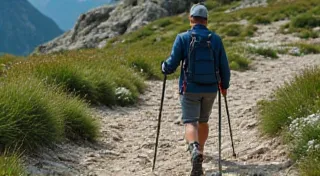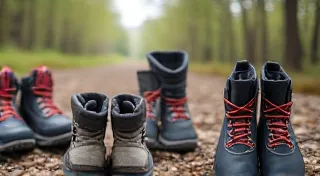Water Filtration & Purification for Hiking: A Comprehensive Guide
Description: Understand the importance of clean water on the trail and learn about different filtration and purification methods.
The Critical Need for Clean Water
Staying hydrated is paramount when hiking, but simply carrying enough water can be a significant burden, especially on longer trips or in hot climates. The ability to reliably access clean drinking water transforms a potentially grueling hike into a pleasant outdoor adventure. Water sources like streams, lakes, and rivers, while seemingly pristine, can harbor harmful bacteria, viruses, parasites, and microplastics that can lead to illness. Reliable water filtration and purification are essential for ensuring your safety and enjoyment on the trail. Planning your water strategy is just as important as choosing the right boots and gear – a well-executed plan can be the difference between a rewarding experience and a miserable one.
This guide will break down the different methods available, their pros and cons, and help you choose the best option for your hiking style and destination.
Understanding Filtration vs. Purification
It's crucial to understand the difference between water filtration and water purification. While often used interchangeably, they address different threats:
- Filtration: Removes solid particles, sediment, and protozoa (like Giardia and Cryptosporidium). It's essentially a sieve that physically blocks these contaminants.
- Purification: Eliminates bacteria, viruses, and other microscopic organisms that filtration doesn’t catch.
Often, a combination of both filtration and purification is the safest approach. Consider that elevation can also impact water sources and your body's hydration needs; learning about dealing with altitude sickness while hiking can contribute to a safer and more enjoyable experience.
Water Filtration Methods
1. Pump Filters
Pump filters are a traditional and reliable method. They force water through a filter cartridge, physically removing protozoa, bacteria, and sediment.
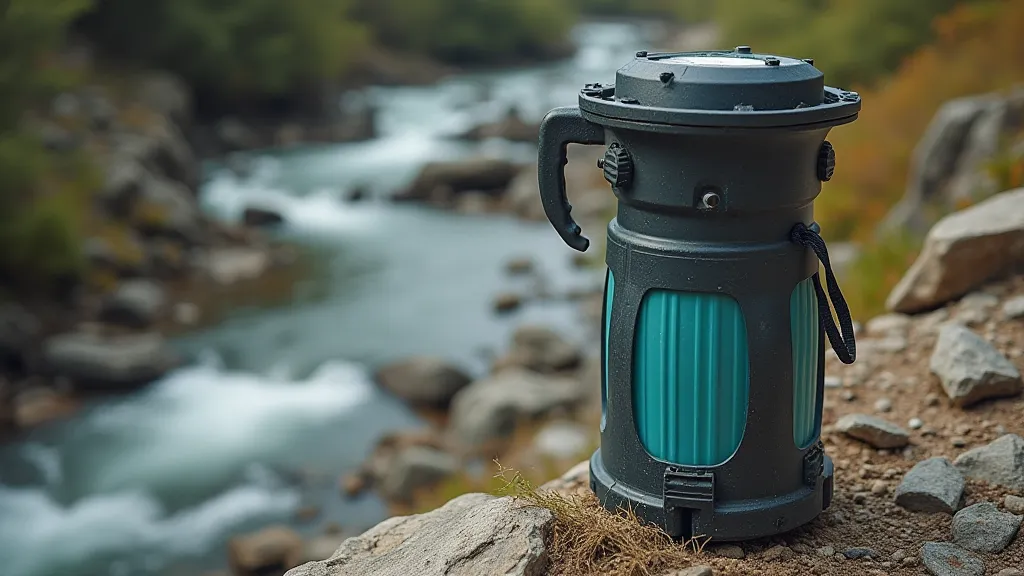
Pros: Relatively fast flow rates, reliable, effective at removing most pathogens.
Cons: Can be bulky and heavy, require maintenance (cleaning the filter), can be slow at higher altitudes.
2. Gravity Filters
Gravity filters use gravity to pull water through a filter cartridge. They are convenient for basecamp hiking and group trips.
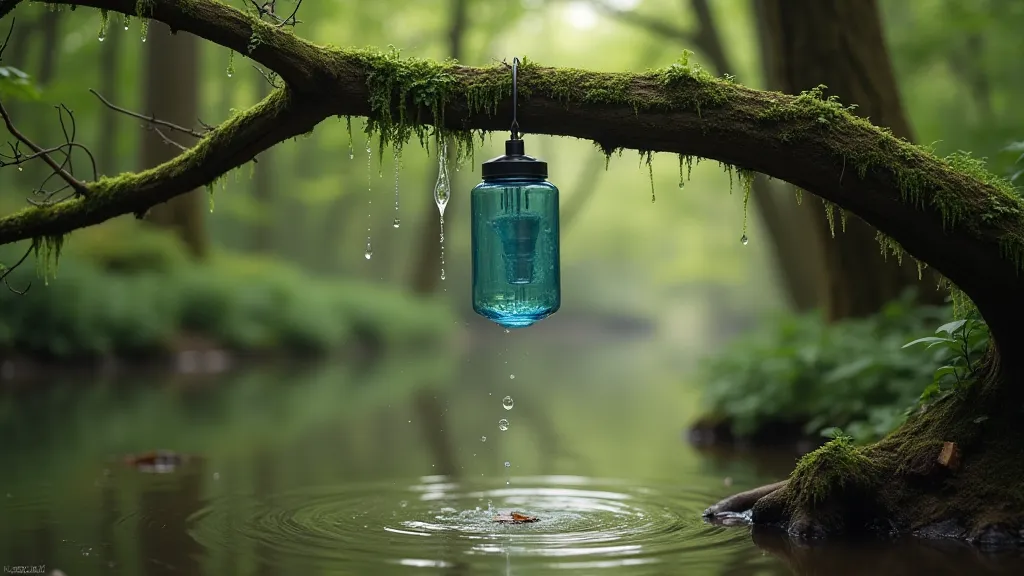
Pros: Hands-free operation, can filter large quantities of water, less physically demanding.
Cons: Slower filtration rate, requires a hanging system, can be bulky.
3. Filter Straws
Filter straws are lightweight and compact, allowing you to drink directly from a water source. They're great for solo hikers and emergency situations.
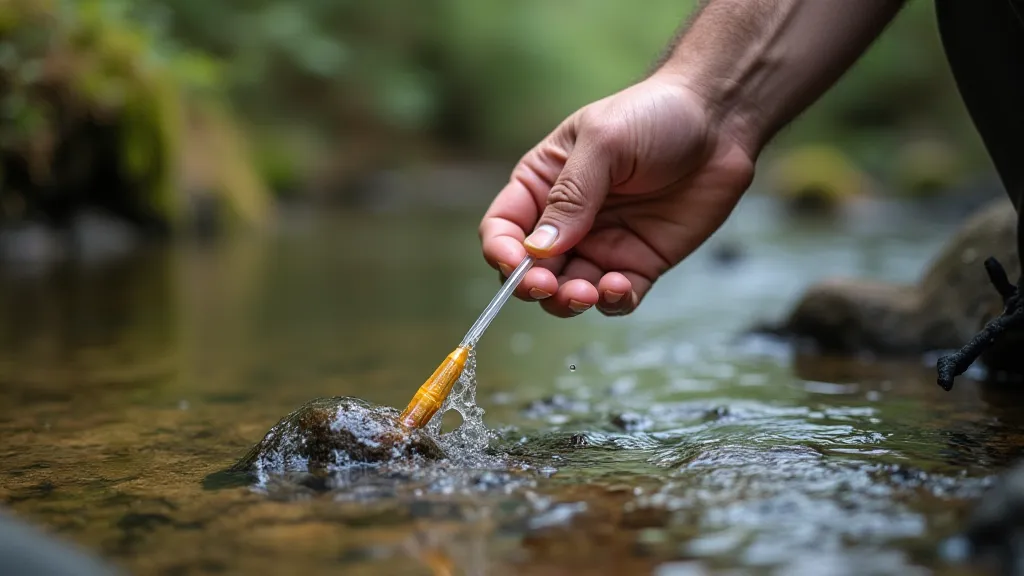
Pros: Extremely lightweight and compact, easy to use, inexpensive.
Cons: Limited water volume per sip, can be awkward to use in some situations, some models don’t filter viruses.
Water Purification Methods
1. Chemical Treatment (Iodine & Chlorine Dioxide)
Chemical treatments use iodine or chlorine dioxide tablets or drops to kill bacteria and viruses.
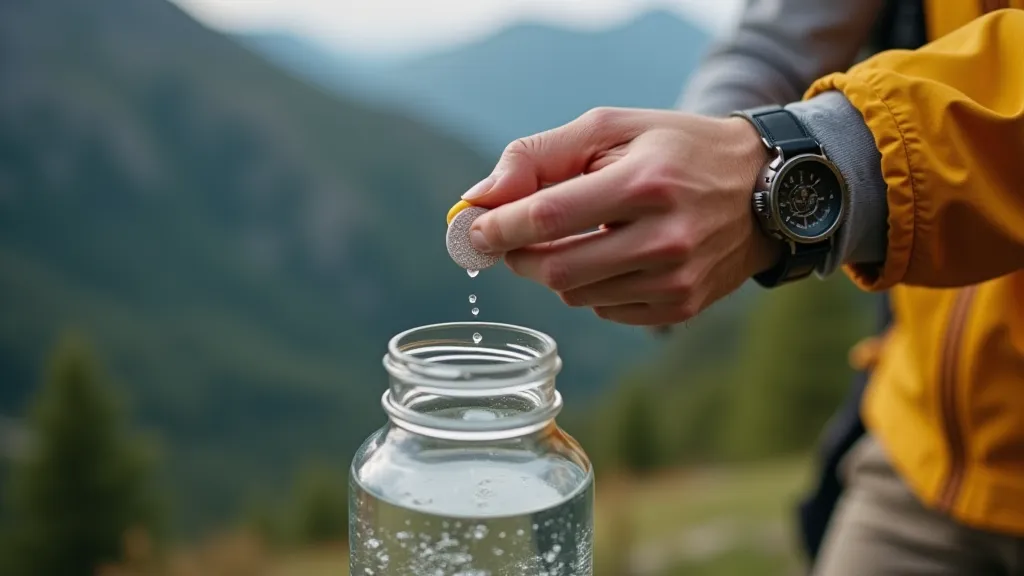
Pros: Lightweight and compact, relatively inexpensive, doesn’t require any power.
Cons: Requires contact time (usually 30 minutes or more), can affect taste, iodine is not recommended for pregnant women or individuals with thyroid conditions, chlorine dioxide can be more effective but may also have a stronger taste.
2. UV Water Purifiers
UV (Ultraviolet) purifiers use UV light to kill bacteria and viruses.
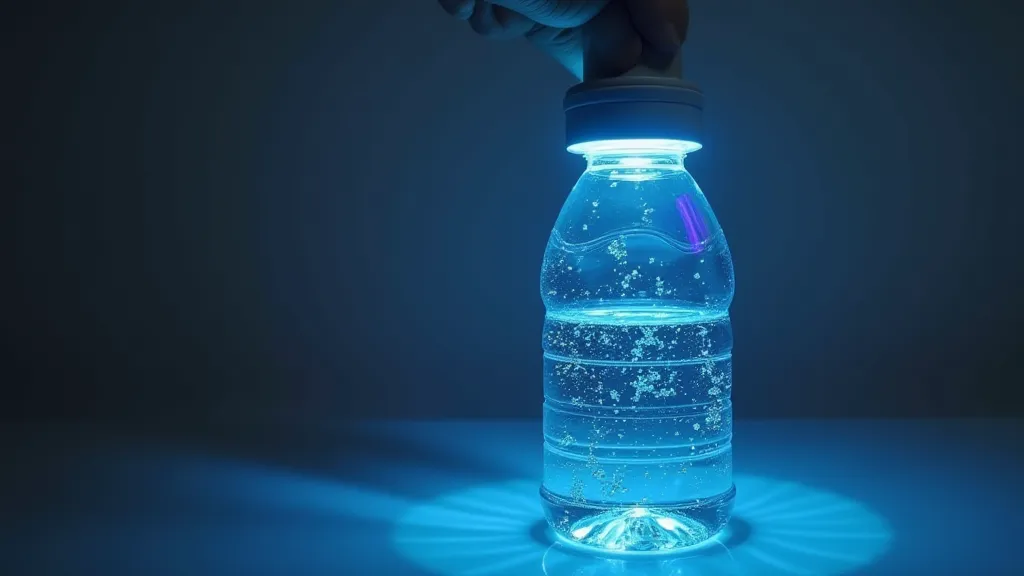
Pros: Fast purification time, no chemicals, doesn’t affect taste.
Cons: Requires batteries, can be expensive, doesn’t remove sediment, may not be effective in cloudy or silty water. Requires clear water for efficacy.
Choosing the Right Method
The best method for you depends on several factors. For those just starting out, exploring the best hiking trails in the Smoky Mountains for beginners can provide a gentle introduction to trail life, where assessing water sources is part of the overall planning.
- Trip Length & Water Needs: Longer trips and larger groups benefit from gravity filters.
- Budget: Chemical treatments are the most affordable.
- Weight & Space: Filter straws are the lightest option.
- Water Quality: Assess the potential contamination levels in your hiking area.
- Personal Preferences: Consider your comfort level and any allergies or sensitivities.
For many hikers, a combination approach - a filter straw for personal drinking and a gravity filter for group basecamp – offers the best balance of convenience, reliability, and weight. Remember to consider the location's specific water sources – sometimes, discovering hidden gems like underrated hiking trails in the Appalachian Mountains requires a bit more research on the water availability.
Important Reminders
Beyond the basic filtration and purification methods, careful planning and preparation are crucial. For instance, if you're venturing near a major city, scouting out top day hikes near Denver (or your local area) can provide easier access to water sources and allow for a more controlled environment to test your chosen method.
- Always pre-filter water through a cloth to remove large debris.
- Regularly clean and maintain your filtration/purification equipment. A clogged filter is a useless filter – maintaining equipment is a non-negotiable aspect of safety.
- Follow manufacturer’s instructions carefully. Deviating from instructions can render your equipment ineffective and potentially dangerous.
- Test your water source whenever possible before relying solely on filtration/purification. Field testing provides valuable insight into water quality and the effectiveness of your chosen method.
- Understand the limitations of each method. No system is foolproof; a layered approach combining methods offers greater security.
- Be aware of local regulations regarding water usage and permits required for accessing certain water sources.
- Educate yourself about potential waterborne illnesses and their symptoms, so you can respond appropriately if someone in your group exhibits signs of illness.
- Consider the impact of your actions on the environment. Pack out all trash and minimize your disturbance of natural water sources.
Ultimately, responsible water management is a key component of Leave No Trace principles, ensuring the preservation of these precious resources for generations to come.
